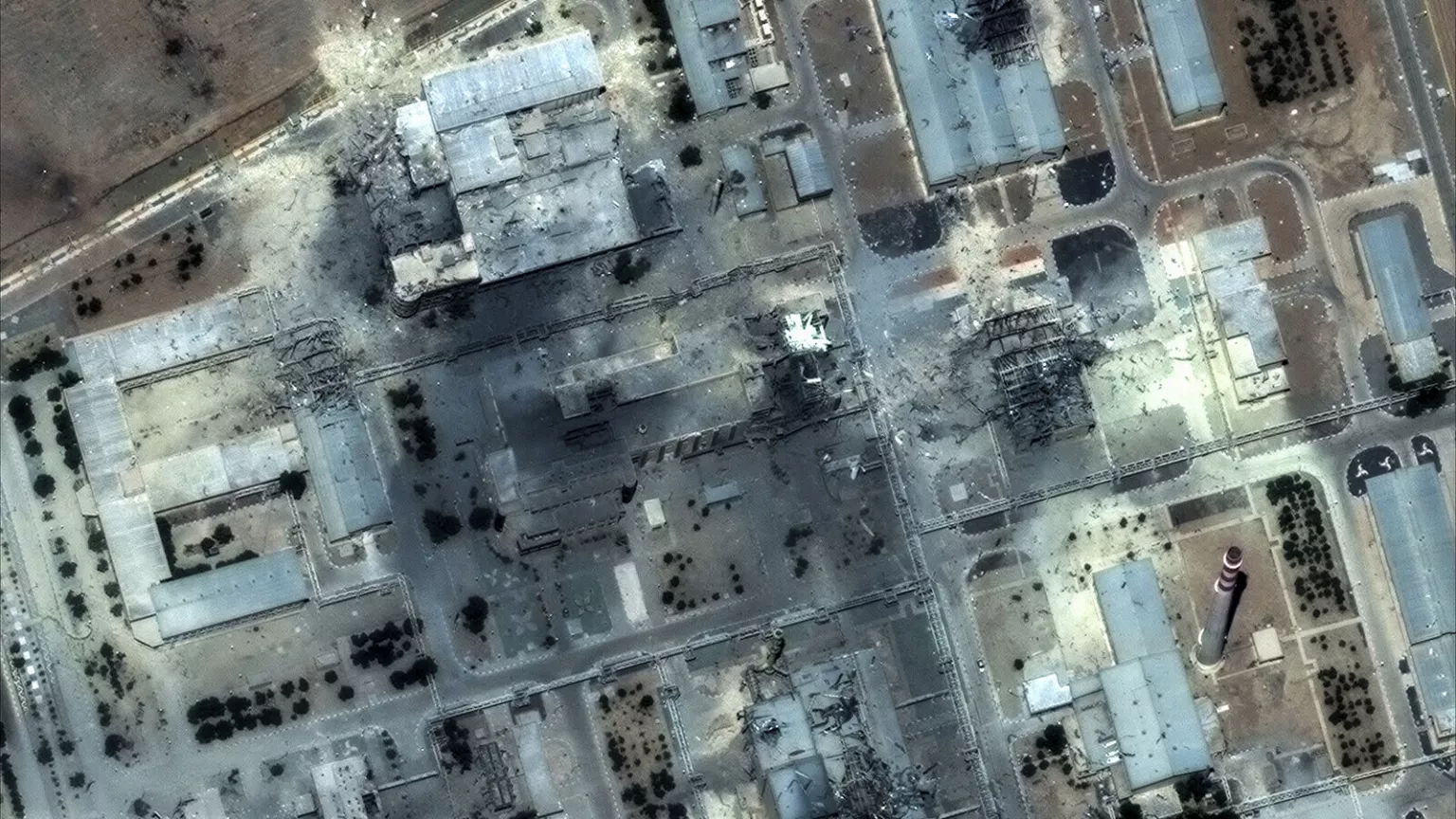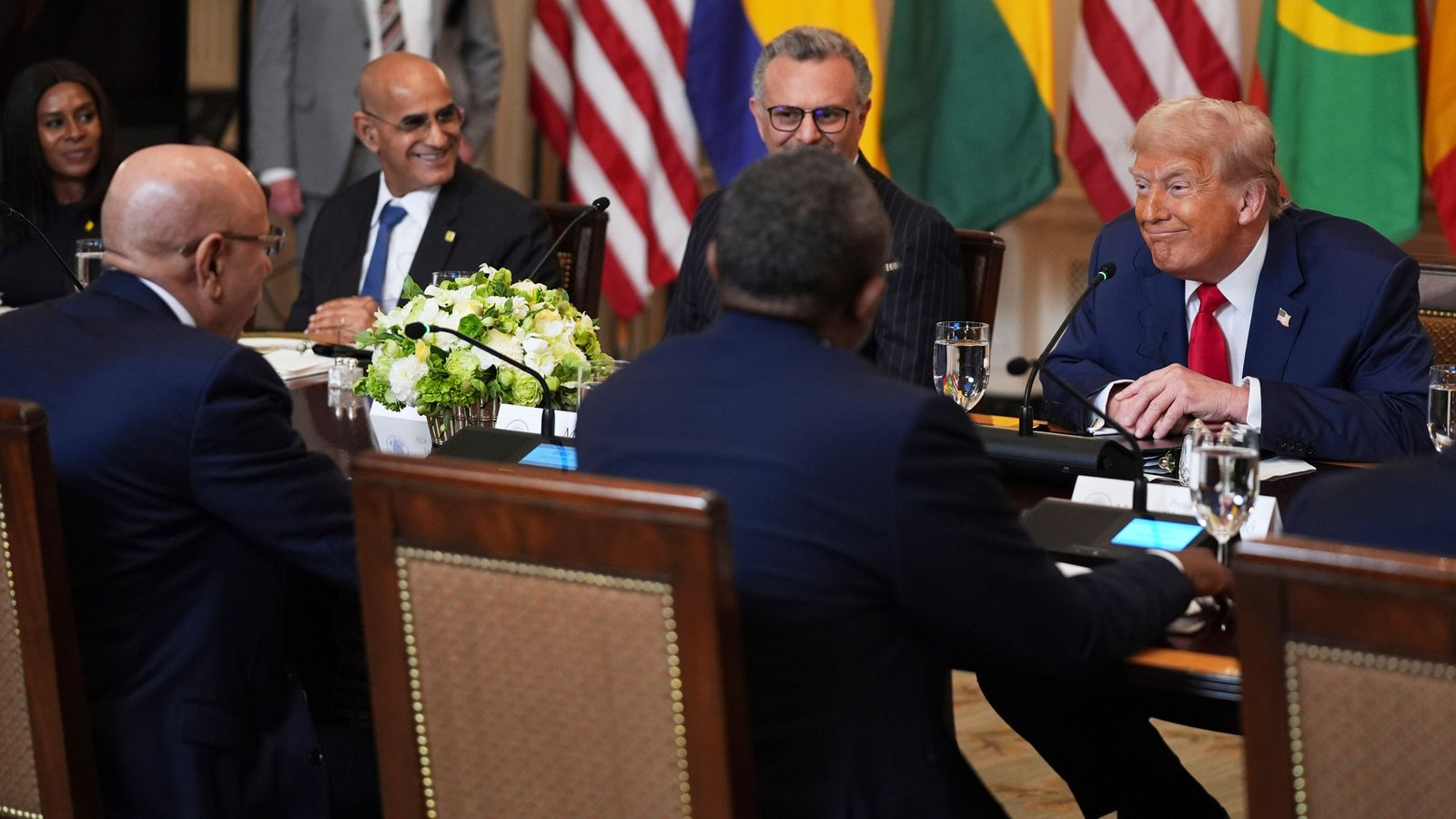BlogHear.com | June 24, 2025
Recent U.S. and Israeli airstrikes on Iranian nuclear sites have “destroyed” Iran’s critical centrifuge program, according to a leading nuclear weapons expert. David Albright, a former United Nations nuclear inspector and current president of the Institute for Science and International Security (ISIS), shared his assessment in an interview with CNN, citing satellite imagery and insider sources.
The joint strikes targeted three major Iranian nuclear facilities, marking a significant escalation in the ongoing conflict. Albright said the attacks have caused “amazing” levels of destruction to the infrastructure responsible for enriching uranium close to weapons-grade levels.
“It’s amazing how much damage has been done to that program. I think that part of the mission has been accomplished,” Albright said Tuesday.
Critical Facilities Targeted
Among the targets was the Fordow uranium enrichment facility, buried deep inside a mountain. U.S. forces reportedly used a dozen bunker-buster bombs to penetrate the fortified structure. Satellite imagery reviewed after the strike showed damage to critical sections, including a key ventilation shaft vital to the facility’s operations and a point above the centrifuge storage zone.
Albright emphasized that while conclusive damage assessments would require internal intelligence, the visible evidence strongly indicated that the Fordow facility had been rendered inoperable.
Enriched Uranium Still a Concern
Despite the apparent destruction of Iran’s centrifuge infrastructure, concerns remain over its uranium stockpile. Albright noted that “residual” elements of the program still exist — primarily Iran’s 400-kilogram stockpile of uranium enriched to 60%, which is just below the 90% level required for weapons-grade material.
Rafael Grossi, Director-General of the International Atomic Energy Agency (IAEA), acknowledged on Monday that the agency could not confirm the location of the enriched uranium. Grossi stated that Iran has openly said it secured the material, leading to speculation that it was moved prior to the strikes.
Albright added that while Iran might retain the material, turning it into a usable nuclear weapon has become significantly more difficult.
“It’s not going to be a fast process,” he said. “They’d need a good year or two to build a nuclear weapon now, if they even choose to restart.”
Broader Implications
The airstrikes, which marked the most direct U.S. military engagement with Iran in years, are seen as part of a broader strategy to delay or dismantle Iran’s ability to develop nuclear weapons. Albright suggested that the mission achieved that objective — at least for now — but warned that Iran could seek to rebuild the damaged infrastructure in the future.
The strikes also come amid wider regional tension, with ceasefires recently brokered between Israel and Iran facing increasing strain. It remains to be seen how Tehran will respond to the setback, especially as its ability to retaliate may now be limited due to the damage inflicted on key military assets.
For ongoing updates on global conflict and nuclear security, visit BlogHear.com.




